
With subscription models continuing to grow in popularity amongst publishers, paywalls are a popular tool to make this strategy a success.
Like anything, there is unfortunately no one-size-fits-all paywall model that will magically convert all users into subscribers. Hard, metered, freemium - the challenge for publishers is choosing the model that best suits your audience.
But why should a single model work for both fly-by visitors and your most engaged readers who consume content daily?
The reality is that it does not.
In fact, the optimal strategy is one where audiences are placed at the forefront of your strategy - which makes sense when you remember that we are talking about a ‘reader revenue’ model here.
Instead of trying to find the ‘best paywall model’, look at your audience, segment them into engagement groups and present each group with an adapted journey that’s most likely to convert them into a subscriber in the future.
Segmentation
Firstly, segment your audience into groups based on level of engagement: how often they visit your site and interact with your content.
Poool’s native segmentation divides non-subscribed visitors into four groups — Volatiles, Occasionals, Regulars, and Fans — based on a recency, frequency, and volume score. Recency is the number of days since a user last visited a site, frequency is how often the same individual visits, and volume is the quantity of content consumed and/or the number of actions completed.
We can also add a Members group of de-anonymised audiences who have created a free account but are not yet subscribed, if this is an option on your site.
Create a 'journey' for each group
Secondly, build adapted journeys for each segment.
You may be wondering how it is possible to know in advance the best journey for each group?
Well, you cannot know for sure. But that’s why we encourage the launch, test and learn approach.
Launch first
Given that conversion is most likely to happen when you find the perfect balance between frustration and engagement (paywalls may be the source of frustration but also the reason a user converts), you can employ a ‘softer’ model for less engaged audiences and a ‘harder’ one for your more engaged users.
For volatiles, we recommended forgetting paywalls for now and simply aiming to increase engagement through softer forms of conversion. A newsletter wall, for instance, is hugely valuable, asking a user to sign up to your newsletter in exchange for access to content. This allows for content discovery on-site and additional content consumption off-site (via email).
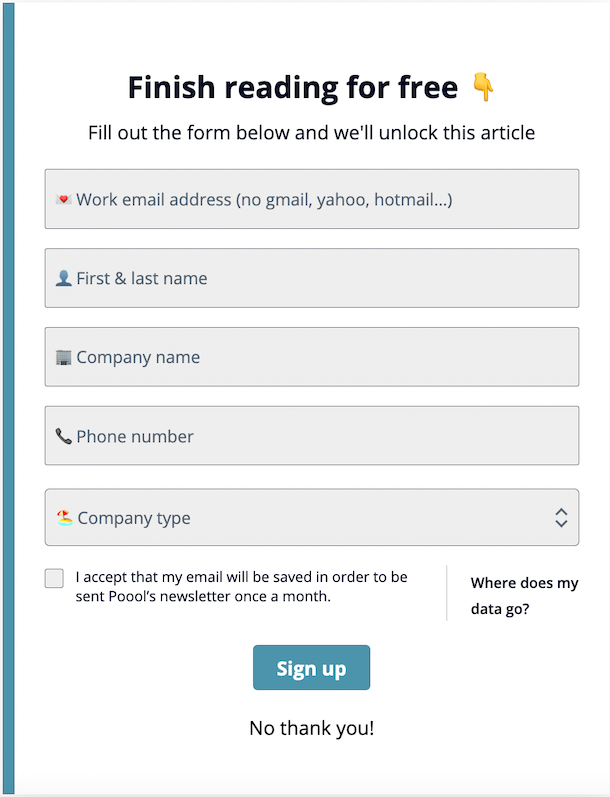
Once regularly returning to your site, these users become Occassionals and then Regulars, where you can focus on de-anonymisation through a registration wall to convert them to members.
This not only increases engagement but also improves their experience on your site (thanks to a personalized account space, additional features etc), and allows you to collect first-party data as well as increase ad revenue through targeting.
A registered user is also highly more likely to subscribe in the future, as proven by our research.
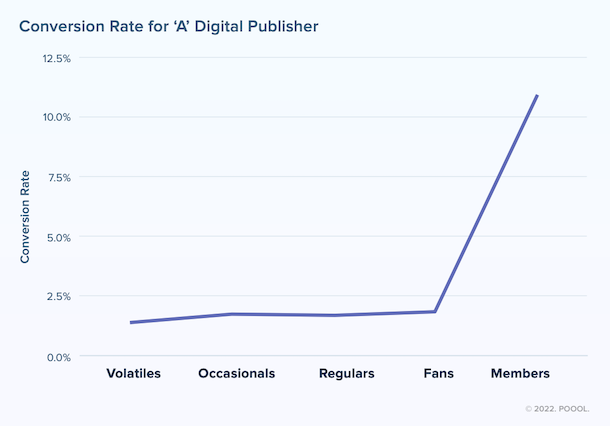
Alternatively, you could go straight into trying to convert these users into paying subscribers. In this instance, we recommend employing a softer paywall model, such as a metered wall, to allow for content discovery and engagement to counterbalance the frustration.
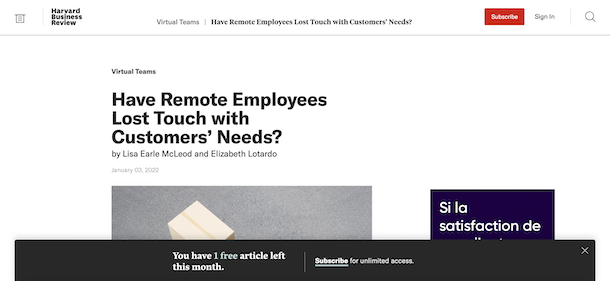
Fans, your most engaged non-members or subscribers, will be less frustrated when presented with a harder paywall model so this approach may prove optimal for conversion rates.
However, we would still recommend encouraging registration as a soft conversion step prior to presenting a paywall, making them two to ten times more likely to subscribe.
The New York Times, for instance, presents visitors with a registration wall first, giving them access to an article for free, before fully blocking with a paywall.
Registration also allows you to make the most of onboarding journeys to increase engagement, such as by encouraging users to sign up your newsletter and make the most of UX features including saving content for later or following specific topics or authors.

Test and learn
A/B testing is your best friend for optimising conversion rates, allowing you to compare the performance of two different walls or user journeys in each audience group and eventually employ the one that converts the most users.
You could, for instance, trial a registration then paywall journey compared to one that involves just the paywall, just like ELLE magazine.
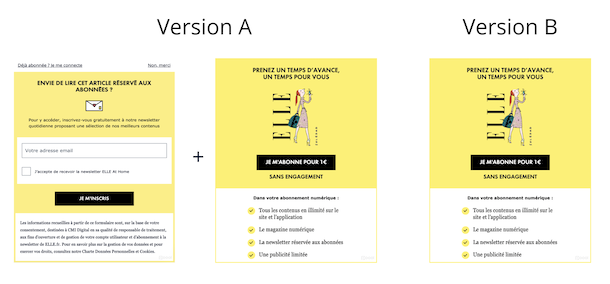
What does this mean for your KPIs?
Given that readers are now at the heart of your reader revenue strategy (now it makes sense!), you should move from tracking overall user-to-subscriber conversion rates to instead measure ARPU (average revenue per user).
Why move away from conversion rates as a KPI? Because this metric was originally designed for the e-commerce industry, where the buying process is a lot more about impulsive decisions. For publishers, engagement prior to the paywall is essential for conversion.
This means that focus should instead be moved to increasing ARPU, moving users through an engagement journey towards subscription.
ARPU can be calculated for each audience segment based on the value of the actions and soft conversion steps completed by your users.
Firstly, give a monetary value to each engagement or soft conversion step. This value may well be fake (like our table below) and not based on real revenue, but the important thing is that you can track ARPU and understand the evolution of a user’s value to your business as they move through the tunnel.
For instance:
- Visits more than once a month = $2
- Signs up to your newsletter = $8
- Creates a free account = $101
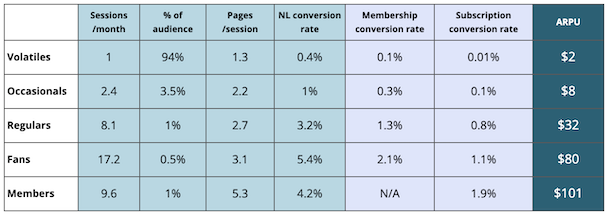
With ARPU as your north star metric, you will see the value in all of the small engagement and conversion steps rather than solely focusing on conversion rates, which we now know is not optimal for a digital publisher’s reader revenue strategy.
But, be aware that your ARPU is likely to look like the Pareto principle or 80/20 rule. The Pareto principle (80/20 rule) states that for many outcomes, 80 per cent of consequences (results) come from just 20 per cent of the causes (efforts).
In the context of reader revenue, this means that 80 per cent of your overall ARPU will come from just 20 per cent of your audience.
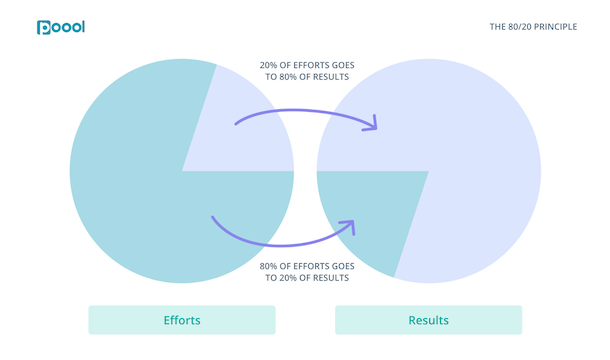
The data below (real data this time, from a Poool study) shows how volatiles make up the large majority of your audience, which we can pair with the knowledge earlier of the low ARPU value of these users.
Fans are significantly more valuable but make up a very small percentage of your traffic. This can also be said for registered members and subscribers.

Summary
It is a lot to take in, but this understanding of your audience and engagement strategy prior to the paywall is essential for success in a subscription strategy.
In short:
- Move away from a rigid, single paywall model to focus on your audience
- Build engagement and conversion journeys that are adapted to each segment, seeking to gradually move the user through the funnel towards subscription
- Launch first, test and iterate
- Place ARPU at the heart of everything you do - the value you give to each engagement or conversion step does not have to be real, but it will help you to track and optimise your strategy, moving users towards subscription
- Final note: do not underestimate the power of free registration prior to presenting the paywall!
Madeleine White is the content marketing manager at Poool, the audience conversion platform for digital publishers to convert anonymous users into leads, members and subscribers. Her work focuses on revenue, engagement and conversion strategies for digital content producers.
Free daily newsletter
If you like our news and feature articles, you can sign up to receive our free daily (Mon-Fri) email newsletter (mobile friendly).
Related articles
- Journalism must update its mission to survive
- What publishers can learn from gaming
- Daily Maverick closes down for 24 hours to protest against big tech's dominance
- How NRK uses AI-generated summaries to boost younger readers’ engagement
- Bloomberg Media and Puck's subscription strategy: 'wake up the sleepers and prioritise the keepers'









